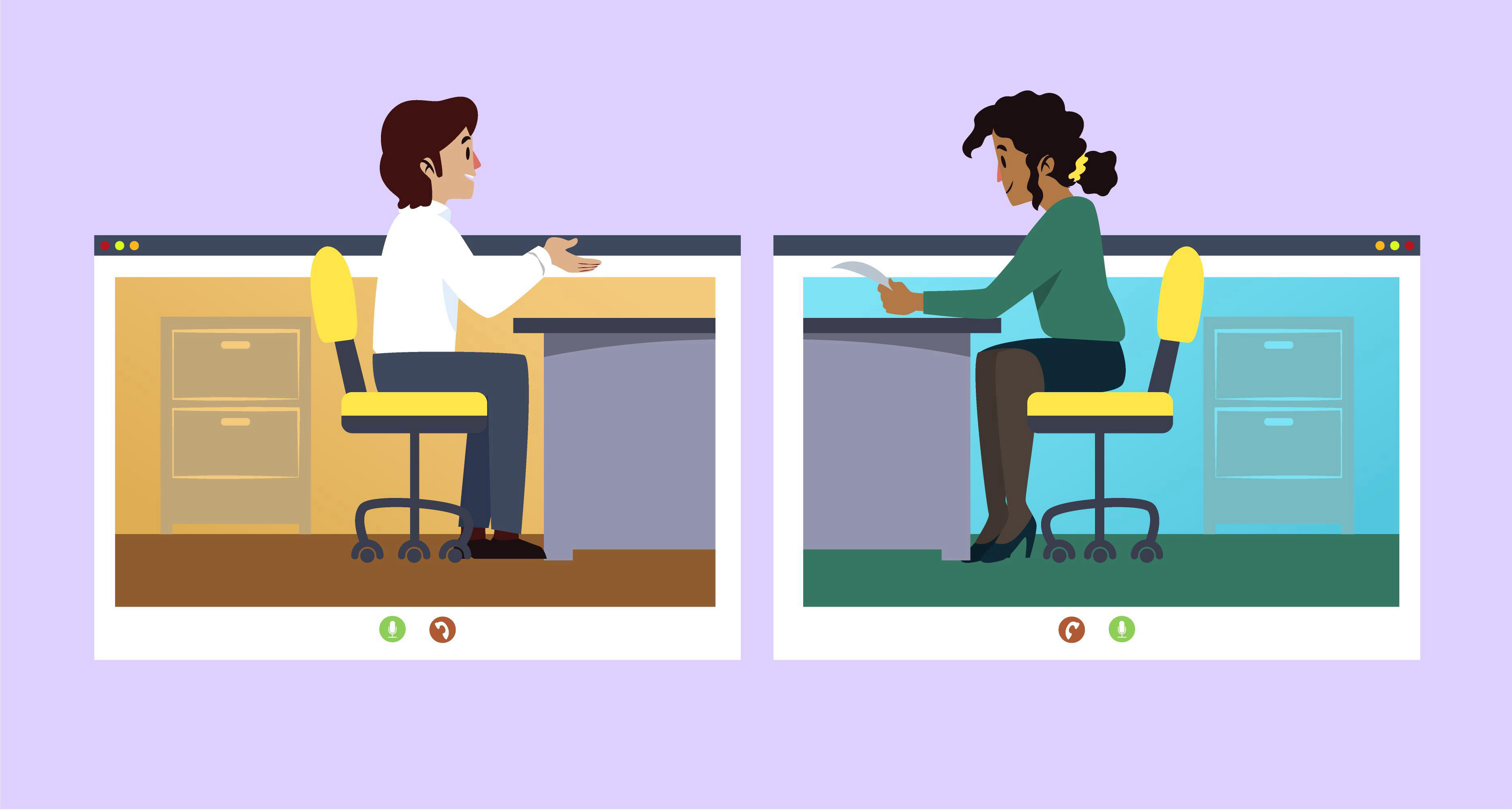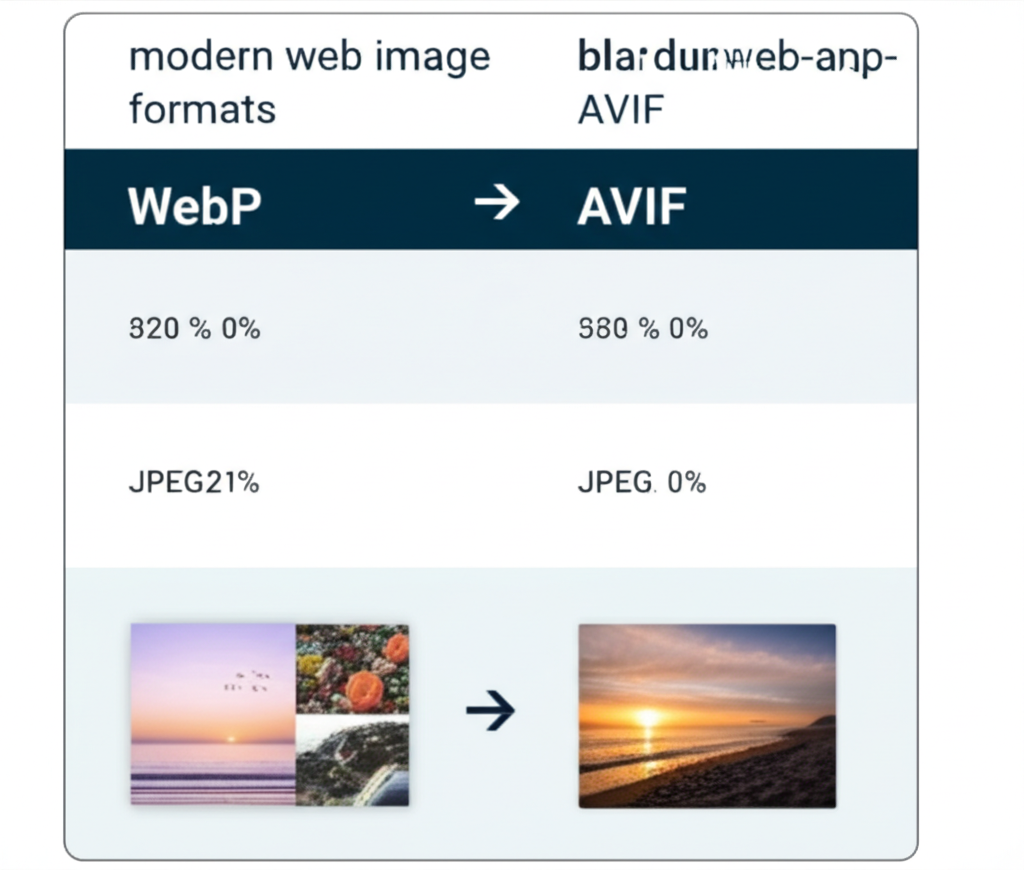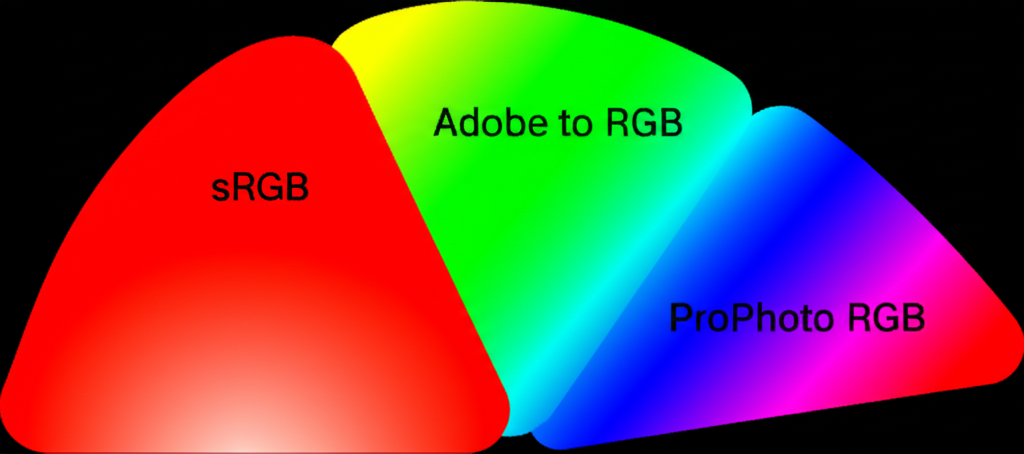Website Image Extractor vs Screenshot – Which is Better?
Compare website image extraction tools with screenshot methods. Learn when to use each approach and which delivers better results for your needs.

When you need to capture images from websites, you have two main options: using an image extractor tool or taking screenshots. Each method has its advantages and use cases. This comprehensive comparison helps you choose the right approach for your specific needs.
Understanding the Two Approaches
Let's define what each method involves:
- Image Extraction: Downloading the actual image files from a website's source code
- Screenshots: Capturing what's displayed on your screen as a static image
Image Extraction: The Complete Solution
Advantages of Image Extraction:
- Original quality: Get the highest resolution images available
- Multiple formats: Access to various image formats (JPEG, PNG, WebP, etc.)
- Metadata preservation: Keep original file information and timestamps
- Bulk processing: Download hundreds of images simultaneously
- File organization: Maintain original file names and structure
- No quality loss: Images are exactly as stored on the server
When to Use Image Extraction:
- Design inspiration: Collecting high-quality images for creative projects
- Research purposes: Gathering images for academic or business research
- Content backup: Archiving important visual content
- Bulk downloads: When you need many images from a single source
- Quality requirements: When you need the highest possible image quality
Screenshots: The Quick Alternative
Advantages of Screenshots:
- Instant capture: Quick way to capture what you see
- No technical knowledge: Anyone can take a screenshot
- Context preservation: Shows images in their webpage context
- No download limits: Works regardless of website restrictions
- Cross-platform: Available on all devices and operating systems
- Privacy friendly: Doesn't interact with website servers
When to Use Screenshots:
- Quick reference: When you need a fast visual record
- Context matters: When you want to show images in their webpage layout
- Limited access: When websites block image downloads
- Mobile devices: When using smartphones or tablets
- Documentation: For creating tutorials or documentation
Quality Comparison
Let's examine how each method affects image quality:
Image Extraction Quality:
- Resolution: Maintains original image resolution
- File size: Preserves original file size and compression
- Color accuracy: Maintains original color profiles
- Transparency: Preserves alpha channels and transparency
- Metadata: Keeps EXIF data and other information
Screenshot Quality:
- Resolution: Limited by your screen resolution
- File size: Depends on screenshot tool and format
- Color accuracy: May vary based on your display settings
- Transparency: Usually lost in screenshot process
- Metadata: Limited to screenshot tool information
Feature Comparison Table
| Feature | Image Extraction | Screenshots |
|---|---|---|
| Image Quality | ⭐⭐⭐⭐⭐ (Original) | ⭐⭐⭐ (Screen-dependent) |
| Speed | ⭐⭐⭐⭐ (Fast for bulk) | ⭐⭐⭐⭐⭐ (Instant) |
| Bulk Processing | ⭐⭐⭐⭐⭐ (Excellent) | ⭐ (Manual only) |
| Ease of Use | ⭐⭐⭐⭐ (User-friendly tools) | ⭐⭐⭐⭐⭐ (Very simple) |
| File Organization | ⭐⭐⭐⭐⭐ (Automatic) | ⭐⭐ (Manual required) |
Technical Requirements
Each method has different technical requirements:
Image Extraction Requirements:
- Internet connection: Required for accessing websites
- Browser compatibility: Works with modern web browsers
- Storage space: Need sufficient disk space for downloads
- Processing power: Some tools require decent hardware
Screenshot Requirements:
- Operating system: Built-in tools on most systems
- Display quality: Quality limited by your screen resolution
- Storage space: Minimal space requirements
- No internet needed: Works offline after page loads
Legal and Ethical Considerations
Both methods have legal implications to consider:
Image Extraction Legal Aspects:
- Copyright respect: Must respect image ownership rights
- Website terms: Check if downloading is allowed
- Fair use: Limited exceptions for educational purposes
- Attribution: May need to credit original sources
Screenshot Legal Aspects:
- Copyright still applies: Screenshots don't change ownership
- Fair use considerations: Same limitations as extraction
- Context preservation: May help with fair use claims
- Educational use: Often more acceptable for documentation
Best Practices for Each Method
Image Extraction Best Practices:
- Use reputable tools: Choose tools like ConvertifyHub that respect website resources
- Check permissions: Ensure you have right to download images
- Organize downloads: Create proper folder structures
- Verify quality: Check that downloaded images meet your needs
- Respect rate limits: Don't overwhelm servers with requests
Screenshot Best Practices:
- Use high-resolution displays: Better screens produce better screenshots
- Choose appropriate tools: Use built-in or trusted third-party tools
- Consider file formats: PNG for quality, JPEG for size
- Capture full context: Include relevant surrounding content
- Organize systematically: Use descriptive file names
When to Use Both Methods
Sometimes the best approach is to combine both methods:
- Quality comparison: Extract high-res images and screenshot for context
- Documentation: Screenshot for layout, extract for individual images
- Research projects: Use extraction for analysis, screenshots for presentation
- Content creation: Extract images for editing, screenshot for reference
Conclusion: Making the Right Choice
The choice between image extraction and screenshots depends on your specific needs:
Choose Image Extraction When:
- You need the highest possible image quality
- You're downloading many images at once
- You need original file formats and metadata
- You're building a professional image collection
- You have permission to download the images
Choose Screenshots When:
- You need a quick visual reference
- Context and layout are important
- You're working on mobile devices
- You need to capture dynamic content
- You want to avoid potential legal issues
🎯 Get the Best of Both Worlds
ConvertifyHub's image extractor provides professional-grade image downloading capabilities, while modern screenshot tools offer quick capture options. Use both methods strategically to meet all your image capture needs!
Related Articles

The Complete Guide to Modern Image Formats: WebP, AVIF, and Beyond
Discover the latest image formats that can reduce file sizes by up to 50% while maintaining superior quality. Learn when and how to use WebP, AVIF, and JPEG XL.

Image Batch Processing: Automating Your Workflow
Streamline your image processing workflow with advanced batch operations. Learn to resize, convert, and optimize hundreds of images simultaneously while maintaining quality.

Color Space Conversion: Managing Digital Color Accuracy
Master color space conversion between sRGB, Adobe RGB, ProPhoto RGB, and CMYK. Ensure accurate colors across different devices, media, and printing processes.
Stay in the Loop
Get weekly insights on file conversion, optimization tips, and industry trends.
The Complete Guide to Modern Image Formats: WebP, AVIF, and Beyond
Audio File Conversion: From Lossless to Streaming Formats
QR Code Generation: Best Practices and Advanced Techniques
PDF Optimization: Reducing File Size Without Quality Loss
Video Format Conversion: From Legacy to Modern Codecs
Community Stats
Article Details
Related Tags
Ready to Master File Conversion?
Join thousands of professionals who trust ConvertifyHub for their file conversion needs. Start exploring our comprehensive guides today.